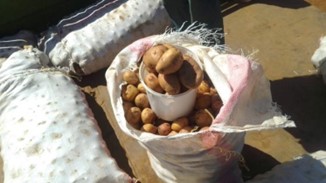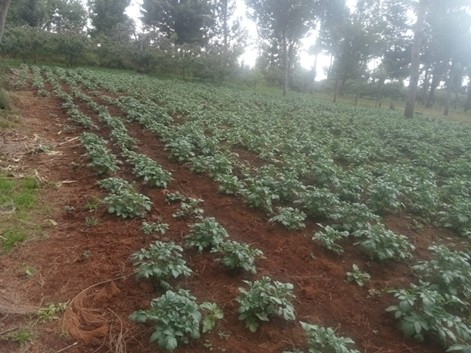The marketing of ware potatoes in Kenya plays a crucial role in ensuring farmers access profitable markets while meeting consumer demand. NPCK through the KSPI project has taken strategic steps to strengthen market linkages. In collaboration with Viazi Kings, NPCK conducted comprehensive mapping and profiling of market outlets across major cities, including Nairobi, Mombasa, Nakuru, Kisumu and Isiolo. This effort has provided valuable insights into market dynamics, trader preferences, and variety demand trends that shape the sector.
Across all profiled markets, Shangi remains the dominant and most in-demand potato variety, valued for its fast maturity and desirable cooking qualities. Other varieties such as Unica and Sherekea gain traction primarily when Shangi supplies are low. However, on the Northern Eastern route via Isiolo, a more structured market system supports the consistent supply of Unica and Sherekea, whose long dormancy makes them suitable for extended storage and transportation. In addition, traders along this corridor are aggregating red-skinned potato varieties specifically for the Kampala market, reflecting emerging cross-border trade opportunities. Potatoes are packaged in various ways, with weights varying based on customer specifications and the county of production, though standardization remains a key area for further development.

Some of the potato packages trading in the different markets
To fully capitalize on these market opportunities, collective marketing and farmer aggregation are essential. Aggregating ware potatoes allows farmers to supply the quantities required by major buyers, ensuring consistency, improving quality management, and strengthening their bargaining power. Collective marketing reduces transaction costs, enhances price negotiation, and links farmers directly to structured markets, resulting in better and more predictable prices. By organizing farmers into groups or cooperatives and promoting aggregation centers, Kenya’s potato sector can achieve greater market competitiveness, improved incomes for smallholder farmers, and a more stable and efficient value chain.




